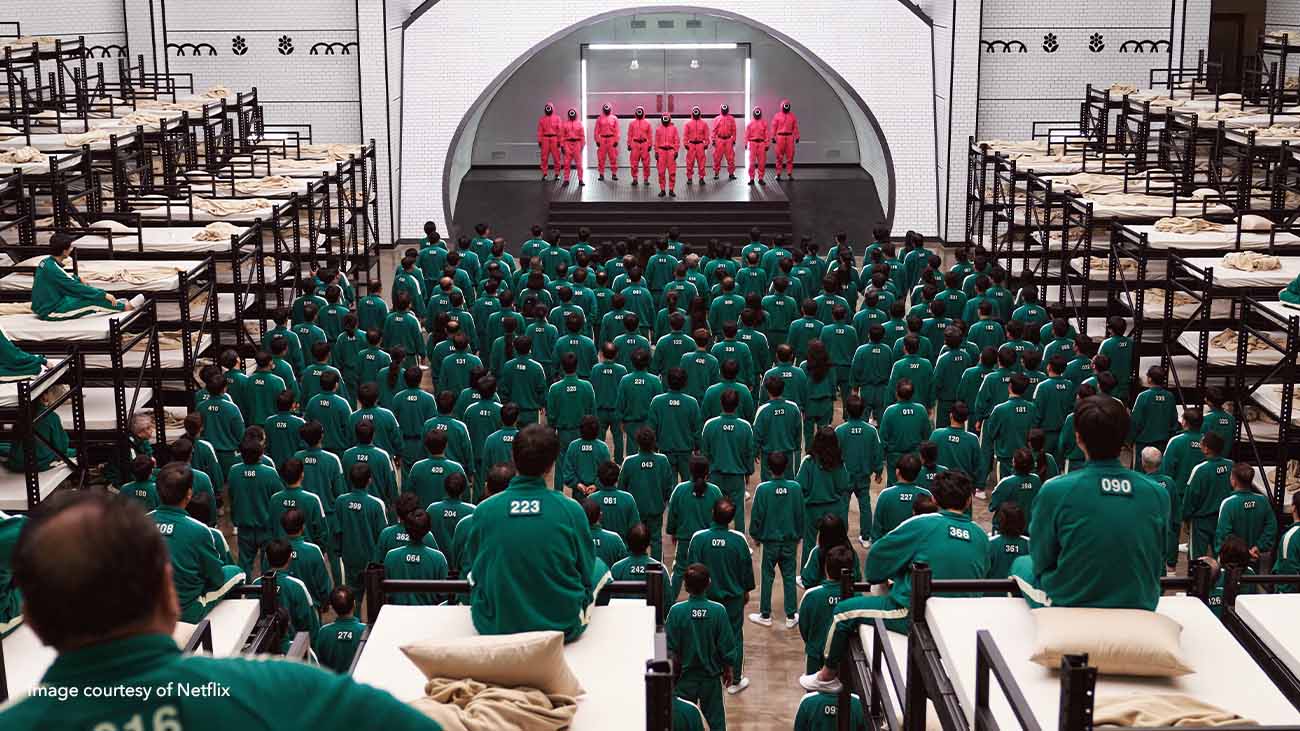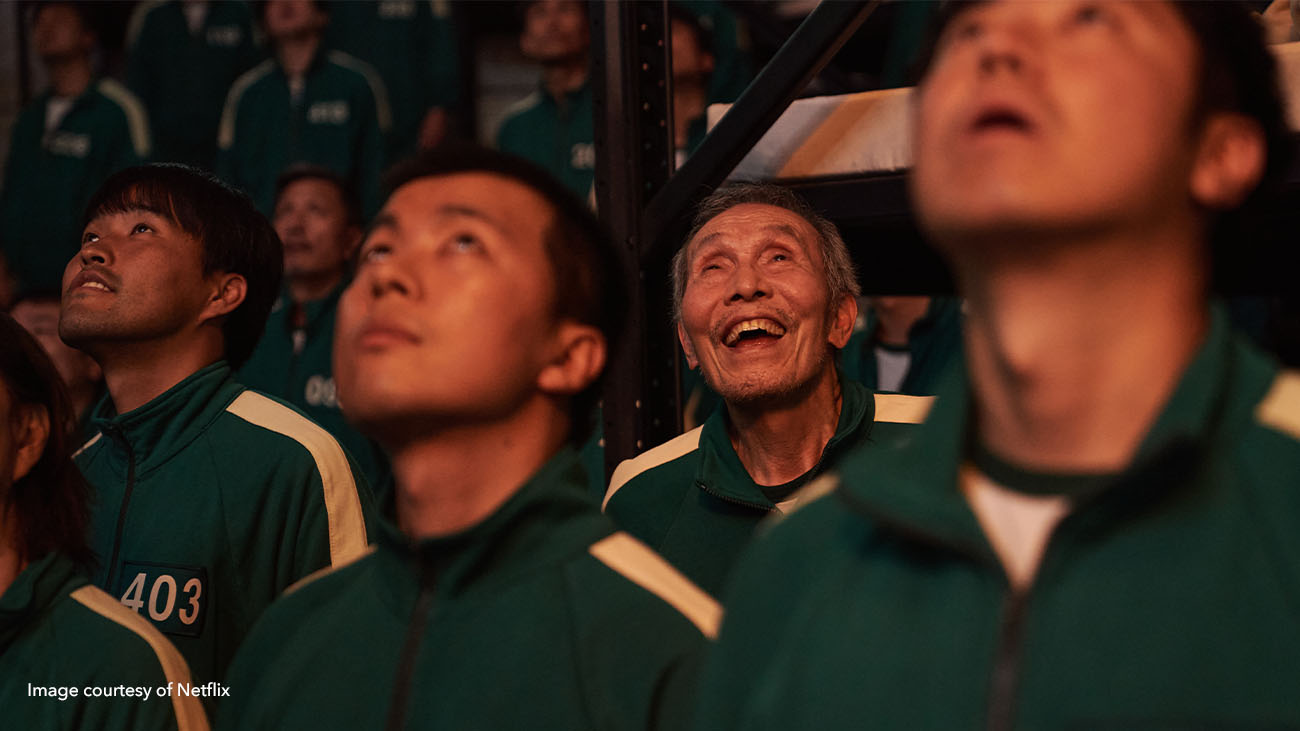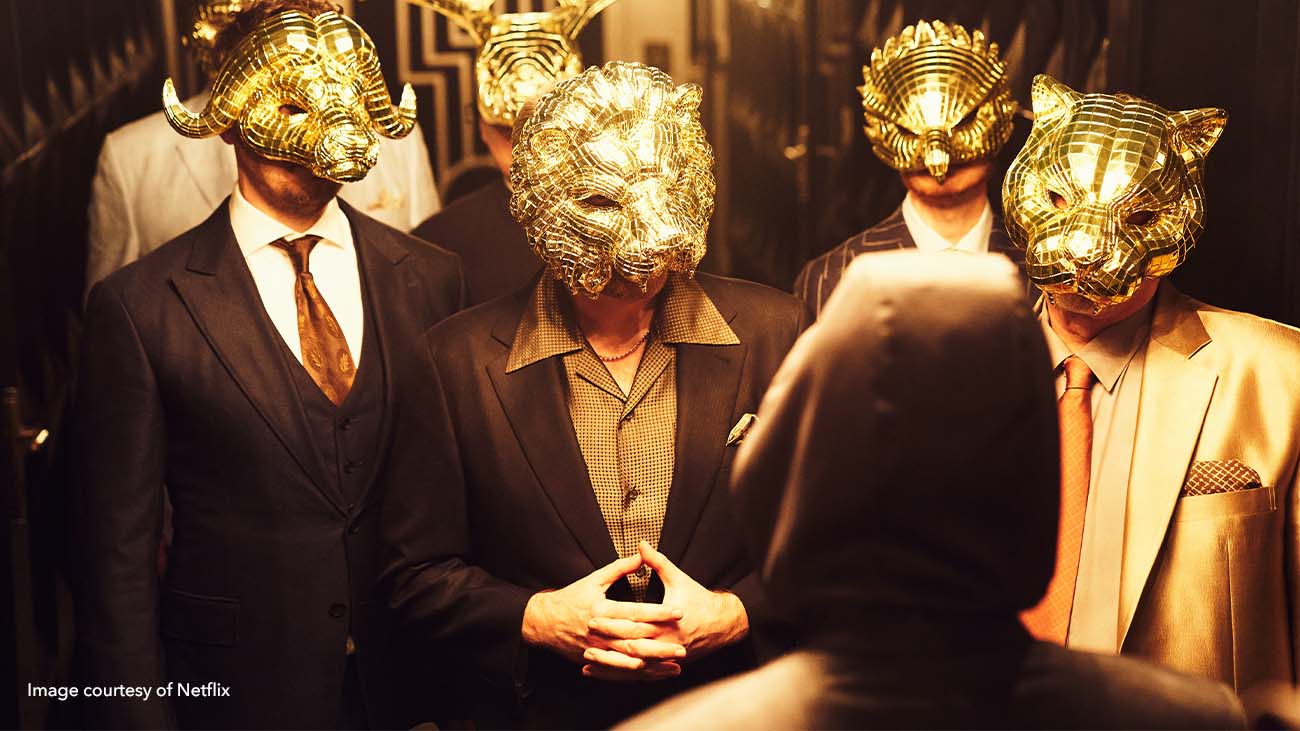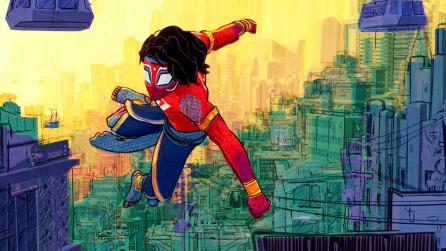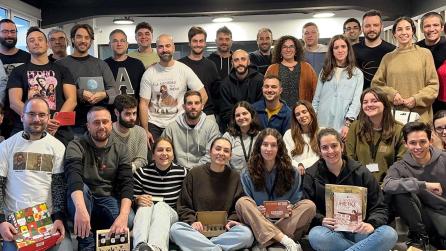Red light, green light, Nuke.
In September 2021, the world turned to their screens. Viewers watched with bated breath to see who would survive the life-and-death competition of Squid Game.
The South Korean drama quickly became one of Netflix’s most successful originals to date, and it’s no surprise this epic series required meticulous attention to detail when it came to visual effects (VFX). As a collaborative studio with artists spread all over the world, from the US to China, Gulliver Studios was perfectly placed to take on the job — and had Nuke in tow to help.
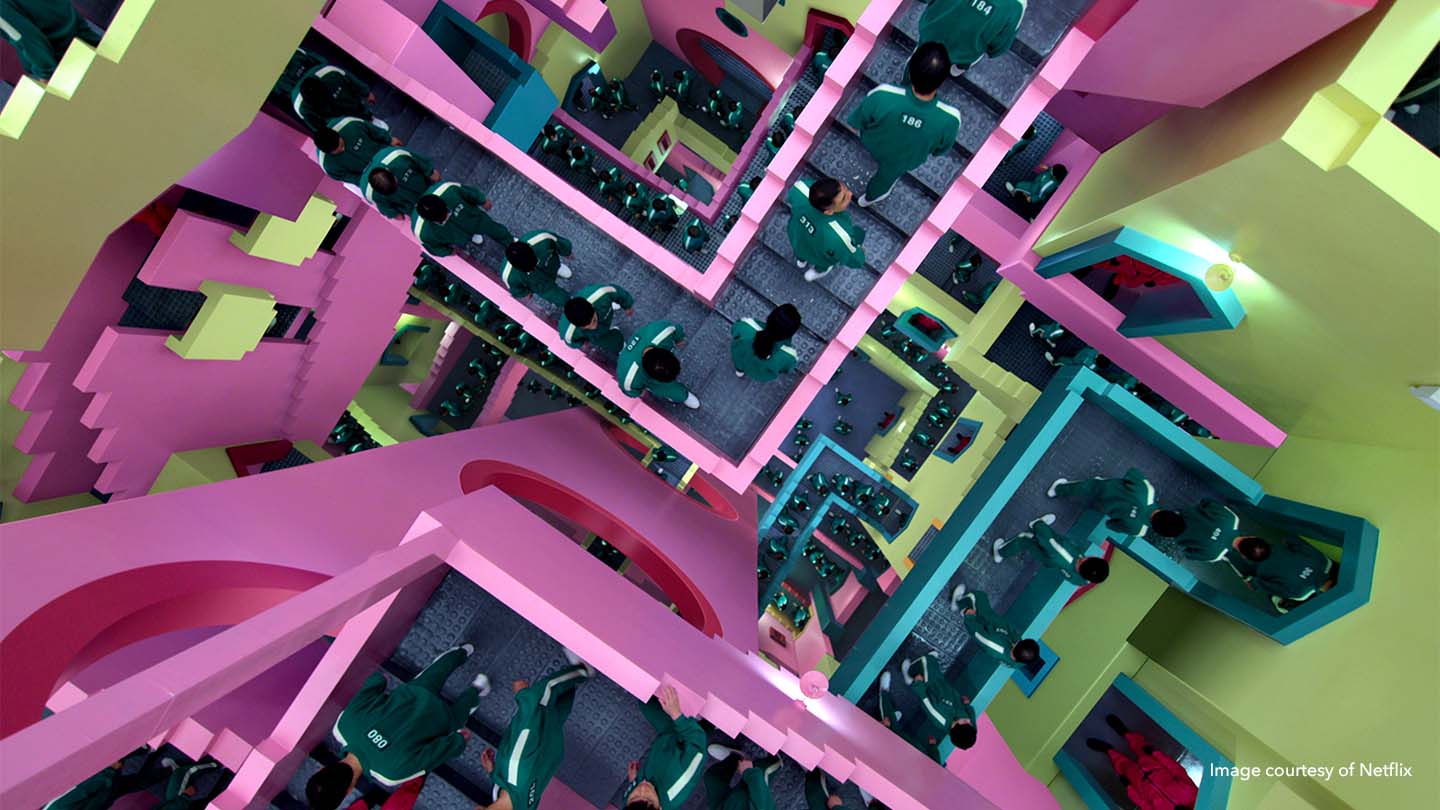
“We did all our compositing work in Nuke,” says Seok Jong-yeon, Compositing Supervisor at Gulliver Studios. “We were expecting it to be a heavy-duty project as Squid Game was a 4K project, but Nuke handled it easily, and we finished it without any major problems.”
It’s all fun and games…or is it?
Squid Game immerses its audience in the high-stakes game through its use of colorful environments, reminiscent of popular children’s games. To capture the look and detail, a combination of impressive sets and digital visuals were used, which created some difficulties with the wider shots in the show.
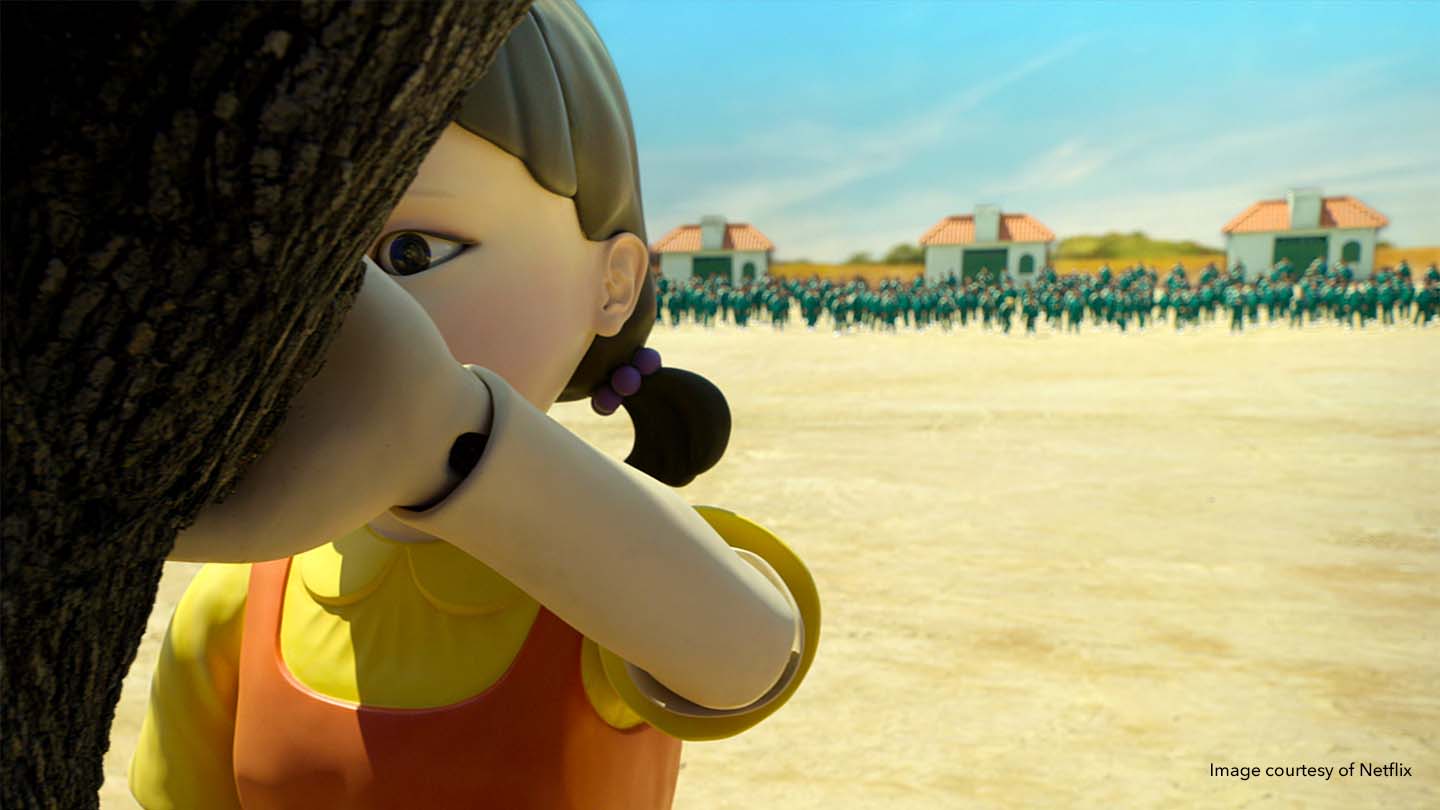
“We used a lot of close-up shots on set [...] when it came to the wide shots, it was a challenge to connect the actual set with CG in a way that looked natural, as the environment had to be extended,” says Jong-yeon. “The environmental variables generated during shooting were unified as much as possible, and the lighting was set accordingly to match during compositing.
“The hardest thing was making the unrealistic places that didn't exist look as if they really existed. It was challenging to create a non-existing environment based on concept art, as each episode had a different concept and location. For example, the playground was filmed at an actual outdoor playground but all the walls surrounding it were CG. As the time passed while filming, the shadows and shades changed, so we had to put a lot of effort to match them all equally.”
This challenge was magnified by the episodic nature of the show, which usually involves a large volume of shots and work that has to happen very quickly. To counter this, Gulliver Studios put a large number of artists on the same project at the same time to ensure a consistent look across all sequences and locations. To do this, the lead compositors created Nuke script templates for the best look for specific keyshots within each sequence. The other compositors could then use these to streamline the process, helping them to finish the project quickly and more efficiently.

“We focused on keyshot,” says Hanguil Jung, Compositing Technical Director. “If the keyshot was perfect, we could then easily handle the other shots related to it. We made the most artistic parts of the keyshot to the highest quality and then used it to create the other shots [...] We had the lead compositors who created the best look for the keyshot first, and they then shared it as a template with the other compositors. This way, we could handle a lot of shots in a short time while keeping the high quality.”
Navigating 3D and a glass bridge
Perhaps one of the most memorable moments from the show took place in episode seven, VIPs, which sees the contestants precariously trying to cross a bridge made of glass. It's no surprise that this was also one of the most complex sequences the team at Gulliver Studios worked on.
“All of the huge and deep circus environment was 3D except the glass bridge set which was very safe and small,” says Jun Sung-man, Compositing Supervisor. “We also had to develop the glass fragments’ texture as if they are real glass whenever the players fail to go further. And last but not least, the huge explosion scene at the end was the hardest to build.”
With Nuke on hand, the team was able to tackle the hardest sequences, like the glass bridge, as well as the copious amount of 3D environmental work that was needed.
“The feature that can make a 3D scene like an asset helped us a lot because the number of shots we had was huge," explains Sung-man. "We would need a tremendous amount of time if we rendered every environment in 3D. Thankfully we were able to shorten our work hours and render time using 2D to set up the scene without rendering each shot in 3D.”
The team was also able to experiment with their pipeline and use of Nuke. Instead of creating a shot-based 3D render for the locations to extend the environment, they set up a 2.5D environment in Nuke to reduce the 3D burden, and handled those shots in comp.
Leveling up episodic content
From the impressive environments to the intricate VFX details, Gulliver Studios was able to navigate large volumes of shots and 3D using Nuke. The team managed to encapsulate the bleak themes of the show while juxtaposing them with the vibrant colors of the locations.
High-quality episodic content is on the rise, and Squid Game perfectly showcases the increasingly complex visual effects involved. Bring on season two!
If you haven’t seen the epic series yet, check out Squid Game on Netflix.
